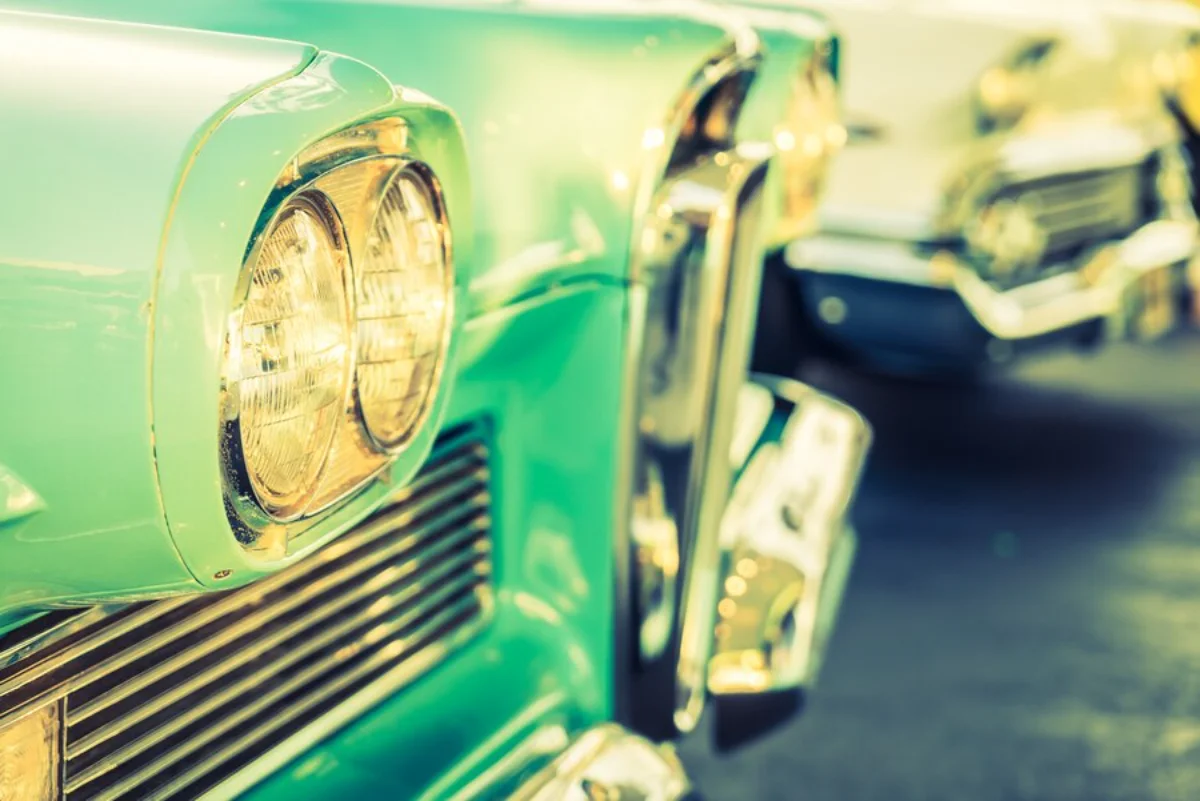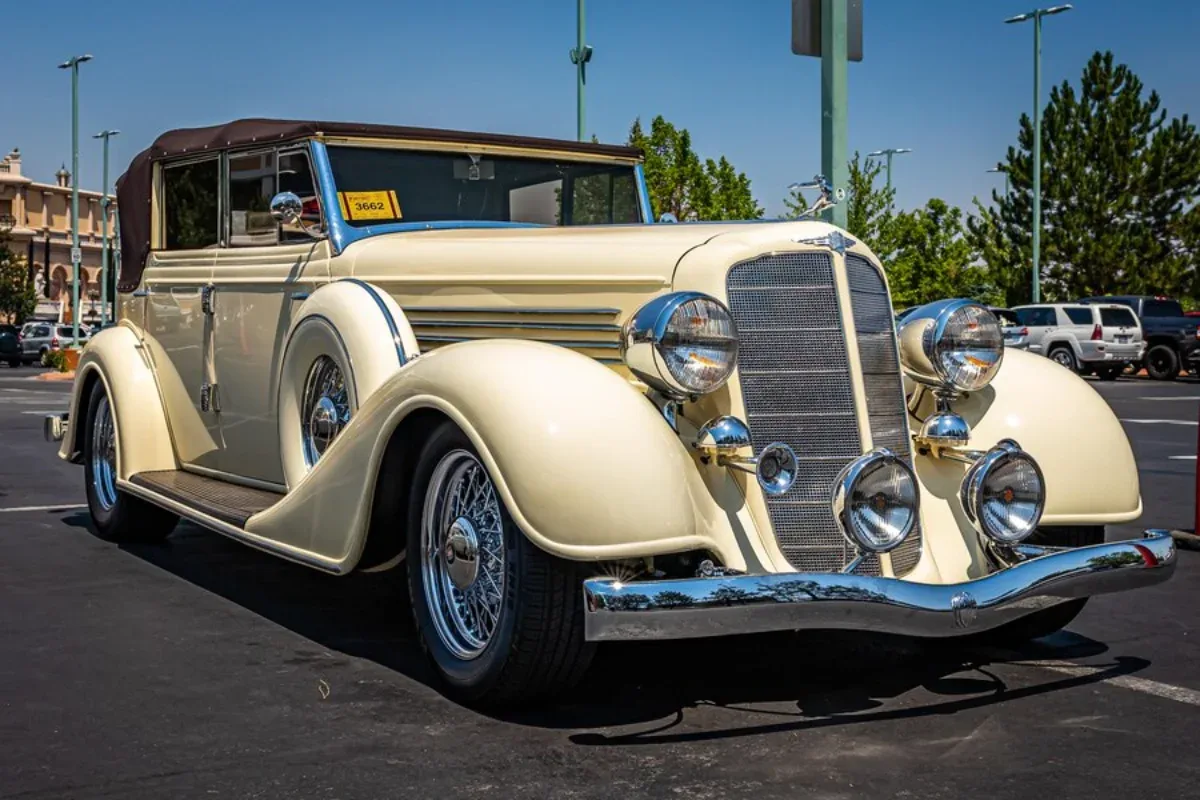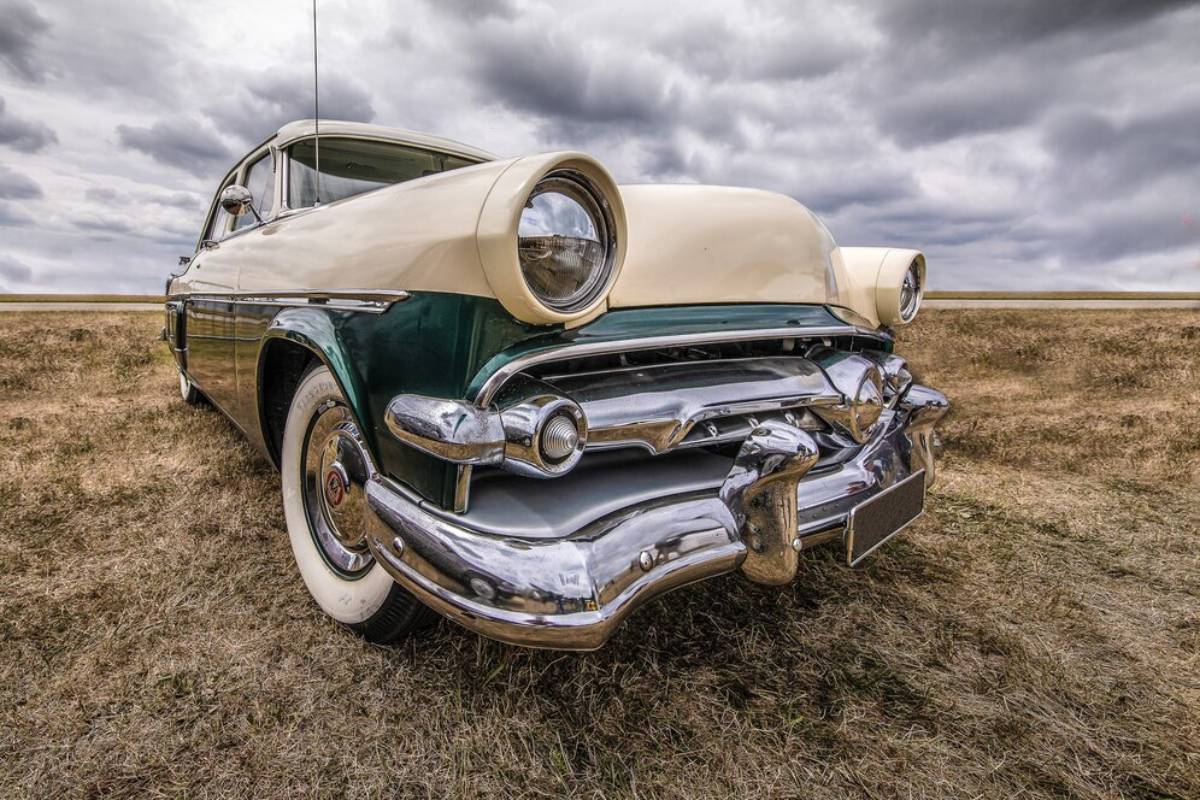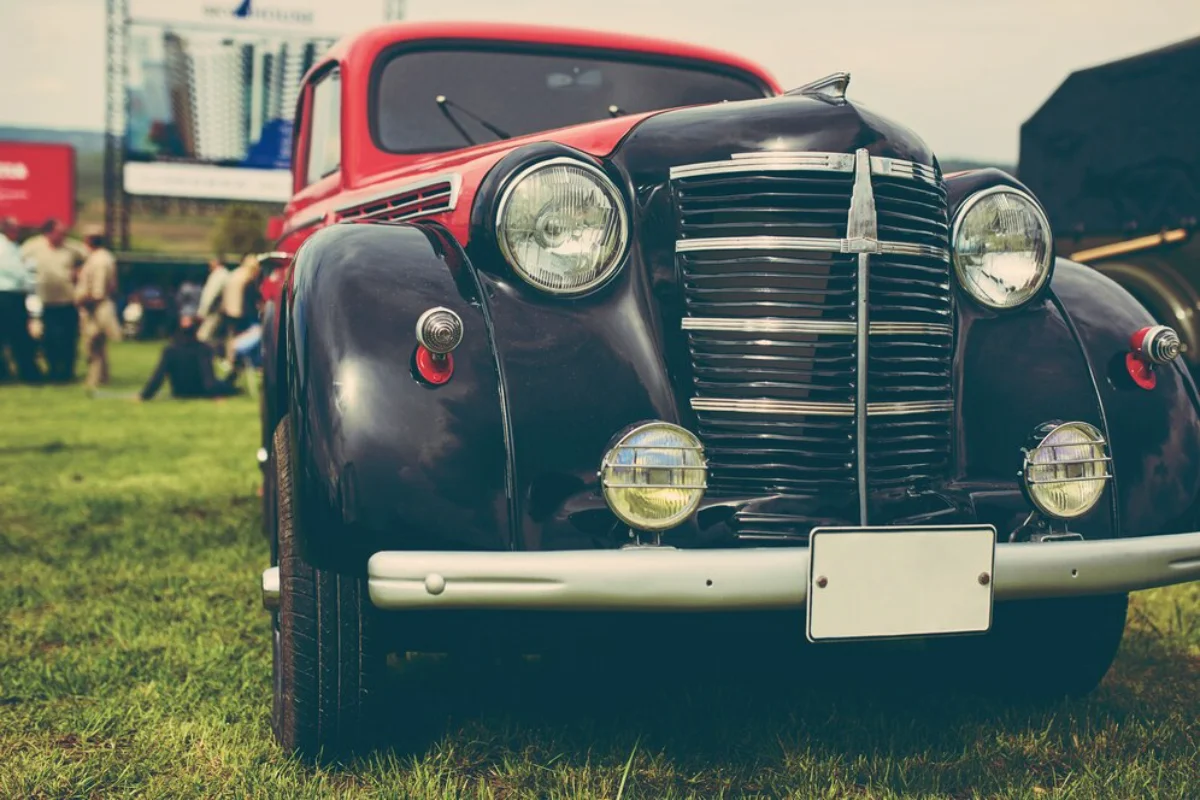
How to Build a Custom Hot Rod from Scratch
Building a custom hot rod from scratch is an exciting journey. It combines creativity, engineering skills, and a passion for classic cars. Whether you’re an experienced gearhead or a newcomer eager to learn, this guide will help you. We’ll show you the best parts for customising hot rods. You’ll also discover effective methods for turning classic cars into powerful machines. Hot rods attract fans with their blend of classic style and powerful performance. This combination makes them icons in the muscle car scene.
In this comprehensive journey, we’ll dissect the intricacies of crafting a custom hot rod, dispel common myths, and arm you with expert tips to guarantee your venture is a success on wheels. From picking the perfect base vehicle to perfecting the engine, we cover every facet of the hot rod build.
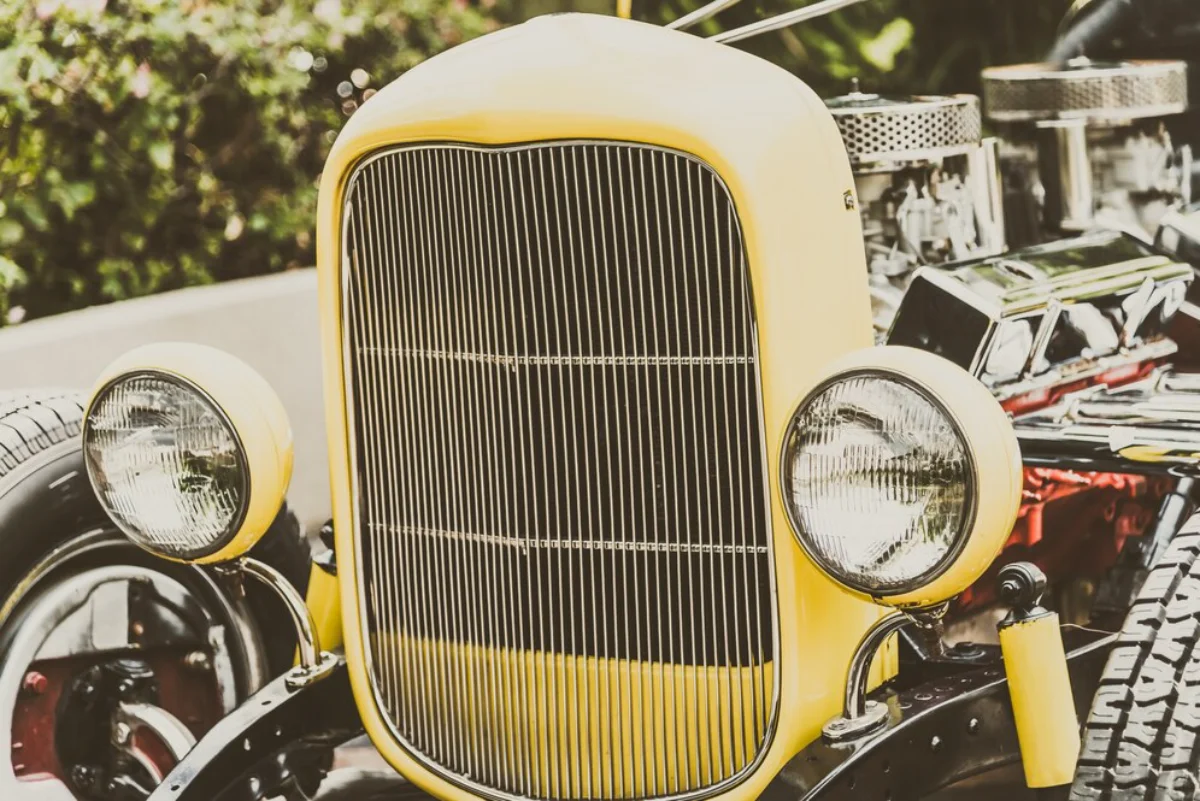
Key Benefits of Building a Custom Hot Rod
Personal Satisfaction and Creativity
Constructing your custom hot rod is a treasure trove of personal satisfaction. It’s your canvas for creativity, allowing you to breathe life into your automotive dreams. Unlike plucking a pre-made vehicle from the lot, building a hot rod from the ground up gives you unrivalled control over every curve, hue, and horsepower.
Learning and Skill Development
Diving into DIY hot rod building transforms you into a master mechanic in the making. You’ll wield hands-on experience with automotive engineering, mastering everything from welding and fabrication to the intricacies of engine tuning and electrical wizardry. This journey enriches your vehicle know-how and equips you with practical skills for future projects.
Cost-Effectiveness
Though a custom hot rod demands initial investment, it often proves more cost-effective than purchasing a fully customised vehicle. By sourcing parts independently and wielding your tools, you can manage expenses and stretch your budget further than a rubber band.
Unique and Personalised Vehicle
One of the most enchanting reasons to build a custom hot rod is the freedom to create a vehicle that’s as unique as you are. Every detail can be tailored to reflect your preferences, from the paint palette to the upholstery, engine specifications, to suspension setup. This level of personalisation guarantees your hot rod stands out in any crowd.
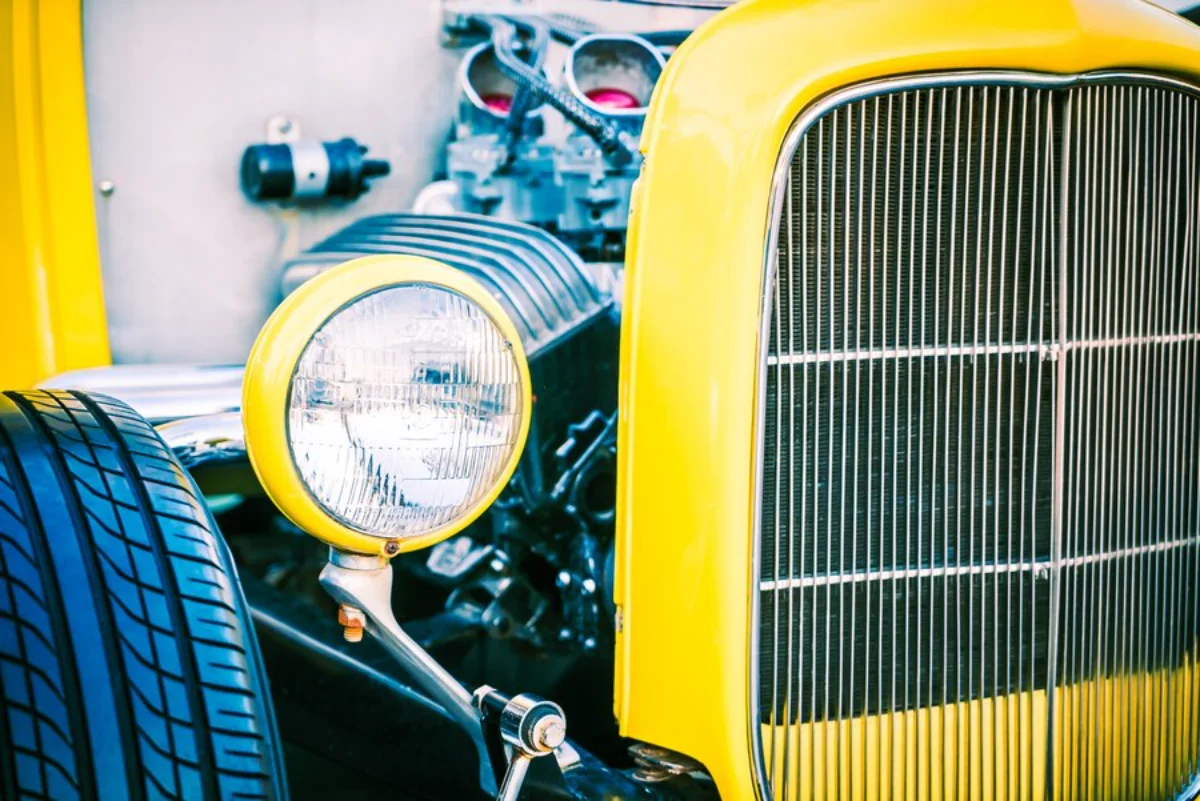
Step-by-Step Guide to Building a Custom Hot Rod
Step 1: Selecting the Base Vehicle
Choosing the right base vehicle is crucial for a successful build. Classic cars from the 1920s to the 1960s serve as popular canvases, thanks to their iconic designs and sturdy structures. Consider availability, condition, and compatibility with your mod vision when selecting a base.
Research and Purchase
Start by exploring various models to identify prospects that match your style. Attend car shows, scour online marketplaces, and engage with classic car enthusiasts to find hidden gems. After pinpointing a candidate, perform a thorough inspection to assess its condition and negotiate a fair deal.
Step 2: Planning and Design
Before you start building, it’s essential to develop a solid plan and design for your hot rod. This involves budgeting, charting desired modifications, and sketching out your masterpiece.
Budgeting and Parts Sourcing
Outline your project budget and earmark funds for components like engines and suspension. Research the best parts for hot rod customisation, prioritising performance and compatibility. Build relationships with reputable suppliers and consider hunting for parts in salvage yards or online gems to cut costs.
Step 3: Chassis and Body Modifications
The chassis and body form the backbone of your hot rod, necessitating careful modifications to achieve the look and performance you crave.
Chassis Reinforcement and Fabrication
Reinforce the chassis to accommodate increased power and ensure structural soundness. This may entail welding additional supports, modifying the suspension, and upgrading the braking system. If welding’s new territory for you, consider a course or enlist help from seasoned fabricators.
Bodywork and Customisation
Sculpt the body into your vision of the classic hot rod aesthetic. This can involve chopping the roof, channelling the body, and redesigning the fenders. Pay attention to paintwork and finishes to elevate the overall vibe. For intricate modifications, enlist the expertise of a professional body shop.
Step 4: Engine and Drivetrain Installation
The engine serves as the heart of your hot rod, dictating its performance and personality. Choosing the right engine and drivetrain components is essential for delivering your desired power and reliability.
Engine Selection and Installation
Select an engine that harmonises with your hot rod’s design goals. Classic choices include V8 engines from Chevrolet and Ford; make sure they fit your chassis and drivetrain specs. During installation, focus on wiring, cooling, and exhaust systems to maximise performance.
Drivetrain and Transmission
Choose a transmission that aligns with your driving style. Manual transmissions offer an authentic experience, while automatics offer simplicity. Upgrade drivetrain components like the differential and driveshaft to seamlessly handle increased power output.
Step 5: Interior and Electrical Systems
The interior and electrical systems shape your hot rod’s comfort and functionality. Customise these elements to reflect your flair and guarantee reliability.
Interior Design and Upholstery
Design the interior to echo your personal taste while enhancing comfort. Think custom upholstery, advanced dashboards, and plush seating that embraces you. Prioritise ergonomics for easy access to all controls.
Electrical Wiring and Accessories
Install a dependable electrical system to support modern accessories and ensure safe operation. This includes wiring for lights, gauges, and sound systems. Upgrading to a modern wiring harness can improve reliability and simplify installation.
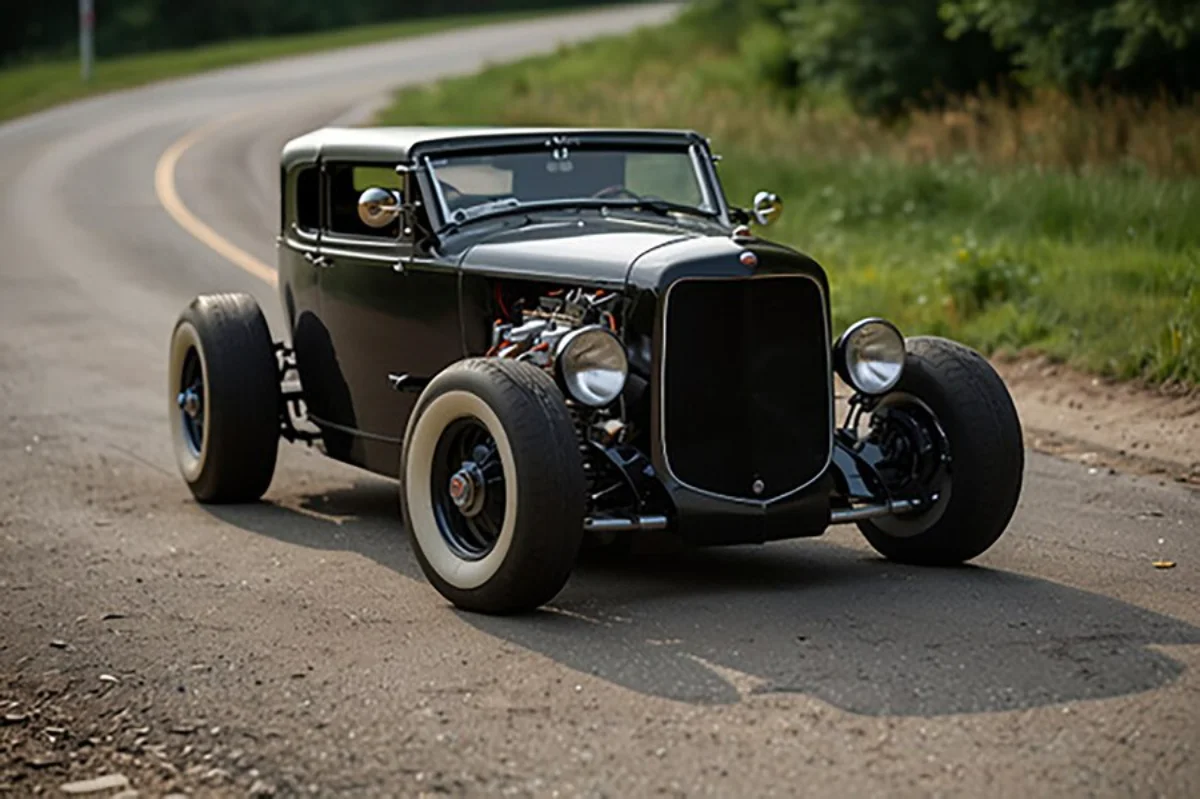
Additional Expert Tips & Common Mistakes to Avoid
Expert Tips
- Research and Plan Thoroughly: Invest time in preparation to avoid costly detours.
- Network with Enthusiasts: Connect with fellow builders for wisdom and support.
- Invest in Quality Tools: Reliable tools are your allies for a successful build.
Common Mistakes to Avoid
- Underestimating Costs: Hot rod building can strain the wallet, so budget wisely.
- Skipping Safety Checks: Ensure all mods meet safety standards for peace of mind.
- Neglecting Documentation: Keep thorough records of parts, receipts, and modifications for future reference.
Advanced Insights & Expert Recommendations
Advanced Engine Tuning
Advanced engine tuning is essential for enthusiasts seeking maximum performance. This involves optimising fuel delivery, ignition timing, and airflow to enhance power output. Consider investing in a programmable engine control unit (ECU) for precise tuning capabilities.
Suspension and Handling Upgrades
Improving suspension and handling is crucial for a well-rounded hot rod. Upgrade shock absorbers, sway bars, and bushings to enhance ride quality and stability. Consider consulting with suspension specialists to achieve the best results.
Custom Paint and Finishing
A custom paint job can elevate your hot rod’s appearance and make it truly unique. Explore different finishes, such as metallic or pearlescent paints, and consider adding custom graphics or pinstriping for added flair.
Building a Custom Hot Rod from Scratch: A Complete Guide
Building a custom hot rod from scratch is a fun journey. It blends passion, creativity, and skill. This guide gives you the knowledge to start your project. So, roll up your sleeves and get ready to build your dream hot rod. What unique features will your hot rod have?
